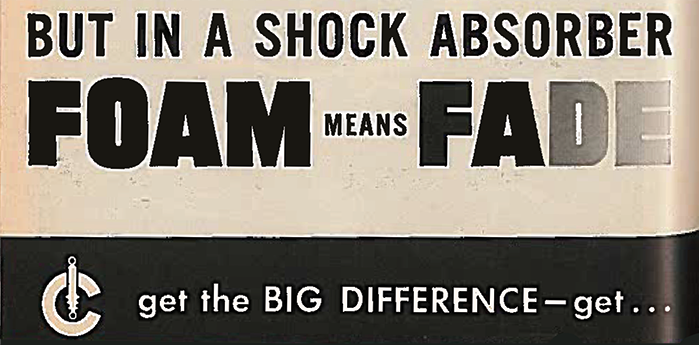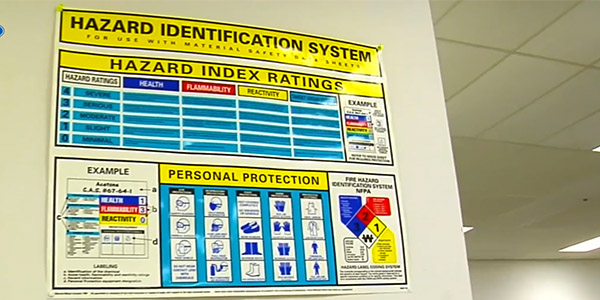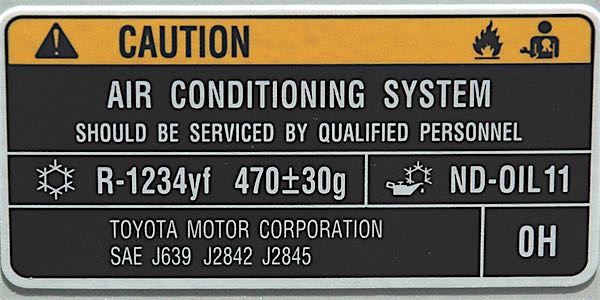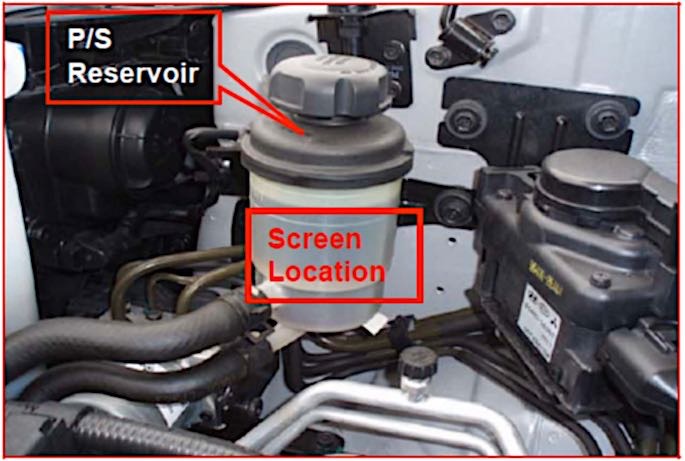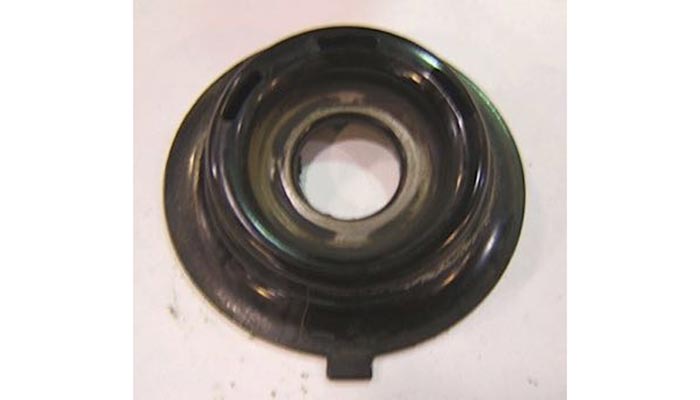Shocks fading on vehicles was a big safety concern before gas charged shocks in the 1970s. On bumpy roads, old shocks would heat up the fluid, causing bubbles to form in the fluid. This would cause the piston to cavitate and the shock to fade. Often, the car would lose control. Sometimes, if the fade was bad enough, the shock would puke fluid out of the top seal. Gas charging of shocks changed this because the fluid was now under pressure, much like an unopened beer can.


